
 |
E7205 BIOS Tweaker for Asus P4G8X
I - Introduction
Almost 2 years after the i815 BIOS Tweaker, dedicated to the Asus' CUSL2 and which was used to start x86-secret.com, this new Tweaked BIOS is a return to the sources. Due to the lack of time, we didn't really have the time to begin a new optimized BIOS for a new kind of motherboard. However, restrictions and other desactivations imposed by the manufacturers are common. Asus' policy about this is generally a strict desactivation of aggressives timings in case of overclocking. This is done mainly to guarantee an excellent stability. Although creditable, the attention should be let to the choice of the user and not imposed as it's generally the case. Current events being rather calm by now (manufacturers now prefer to await the CeBIT for their launch), I started to tweak the bios of my Asus P4G8X.
/! \ Before going further, we immediately decline any responsibility in case of problem. This kind of tweak is reserved to informed users who know what they do. Moreover, it's not problem-free ! Although the EEPROM of the P4G8X isn't soldered on the board, a flash error will have as a consequence a return of the mainboard to the retailer who will be able not to accept the exchange since this tweak INVALIDATES the guarantee /! \
BIOS TWEAK = NO RMA
II - How it works
Since few days, I replaced my Epox 4G4A+ by a new Asus P4G8X. On Board, an old Pentium 4 1.6A Ghz, which works rock stable at 2.4 Ghz with a front side bus frequency sets to 150 Mhz. This powered by 2 X 512 Mo of PC2700 Samsung. However, after some tests, I realized that the board overwrite the memory timings when FSB exceeds 140 MHz. An old taste of CUSL2... To solve this issue, I began to develop a new tweaker, starting from the BjOne's ASM code build for the tweaker i815. After one week of programming on this basis, the code of the tweaker is now almost finished and works without too much problem. I skip to explain the difficulties we had about inclusion of the code in the current BIOS (the structure was still changed since the CUSL2). So, here is the BIOS' configuration :
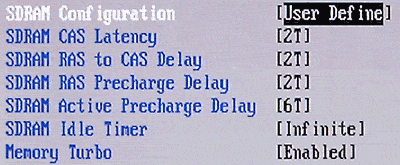
And now, the before/after effect :
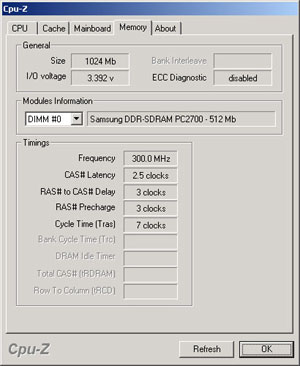 Sans Tweaker |
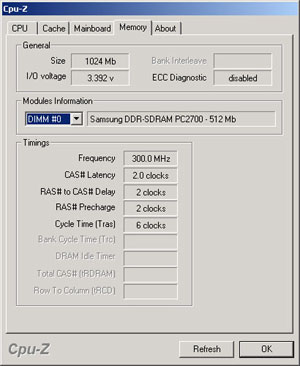 Avec Tweaker |
The tweaker is "intelligent" insofar as it checks initially what the user set within the BIOS. Then, it compares this with how the BIOS really configured the chipset. If a difference exists, the tweaker reconfigures the chipset according to the values required by the user, without any limitation of FSB. In addition, we try to include some additional optimizations in memory timings.
As for i815 BIOS Tweaker, the code of E7205 BIOS Tweaker replaces "Trend Chip Antivirus". I.e. You can choose to activate or completely disable the tweaker with the "Boot Antivirus Detection" option in "BOOT" menu, within the BIOS. Just set it to "Enabled" or "Disabled".
III - Screenshots
Here is an outline of the 1004 Beta 13 Tweaked BIOS with an ALPHA version of the E7205 BIOS Tweaker (Build 31).
Let us start with our nice Full Screen Logo :D

And the tweaker itself :
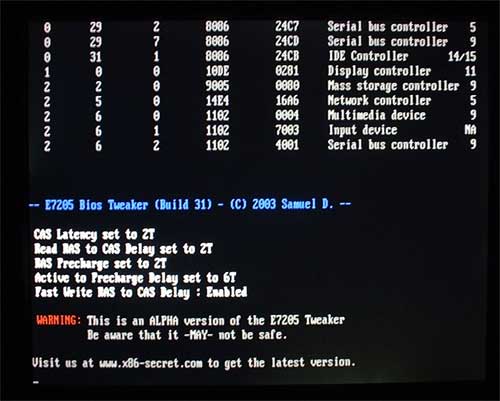
IV - Performances & Benchmarks
Since version 1004 B13 of the P4G8X BIOS, the timings are only overwritten when FSB reach 140 MHz. That's why we didn't carry out the tests with a FSB sets to 133 MHz which would only take advantage from minor optimizations of the tweaker. We carried out the tests to 133 MHz with CAS 2-2-2-5 and 150 MHz with CAS 2-2-2-6 (with and without the tweaker). Let us see first the results obtained under Sandra :
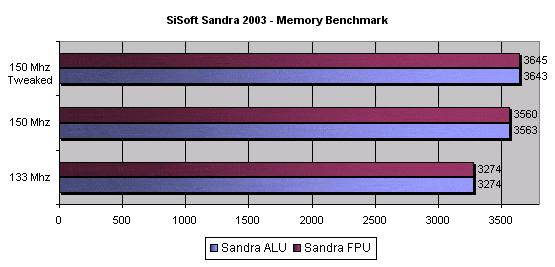
As it's seen here, the benefit exist, even if they are not very important with Sandra. The reason is simple : The Sisoft's benchmark is much more dependent of pure reading bandwidth than of latency or writing performances. Under mbench, the results are clearer: :
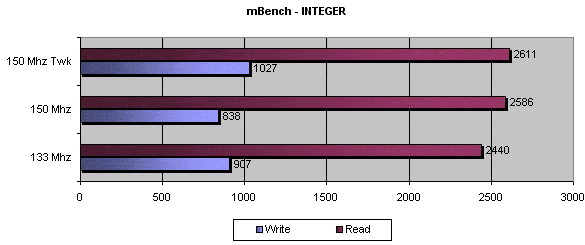
It is seen well here that, if the results in reading increase little, the scores make a bump of +20% in writing memory, thanks to the tweaker. It is also noted that the 150 MHz CAS 2.5-3-3 mode forced by the BIOS is slower than the 133 MHz CAS 2-2-2 mode. Now, let us have a look on latency, always under mbench:
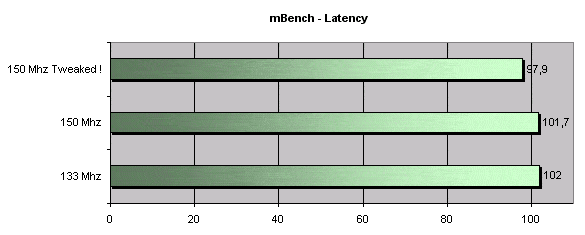
A profit of 4% in latency memory is always good to take. Likewise the previous benchmark, the 133 MHz mode with aggressive timings is almost as powerful as the 150 MHz mode with slower timings, forced by the BIOS. More homogeneous, a simple Winstream gives interesting results :
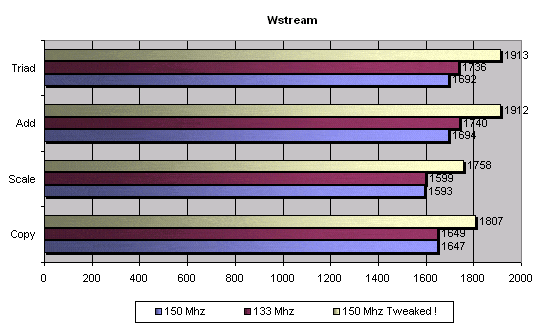
Under Wstream, one notes as the effects of the tweaker are rather beneficial with a FSB of 150 MHz. Let us finish by a test under "Normal" Quake 3 in 640x480

Without being a revolution on the level of performances, E7205 BIOS Tweaker will allow all owner of P4G8X to benefit of the full performances of an overclocked computer with a profit ranging between 2% and 10% depending from applications used.
V - Download
Here is a list of twead BIOS in zip format. You can flash it with Asus Update :
Asus BIOS Version : |
Tweaker's Version : |
Download |
|
1004 Beta 013 |
ALPHA Build 31 |
|
|
1004 Final |
ALPHA Build 31 |
|
1005
Final |
Final Build
31 |
For any question about these BIOS, included bugs, various issues, request for tweak (perhaps for P4PE?), ... etc. Thank you to post via the BIOS section in our forum and to explain your request clearly.